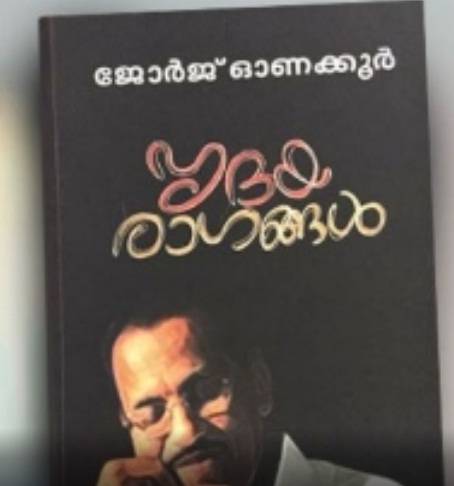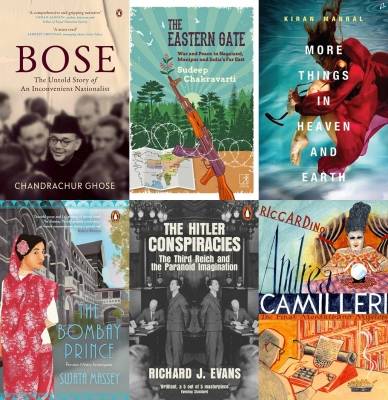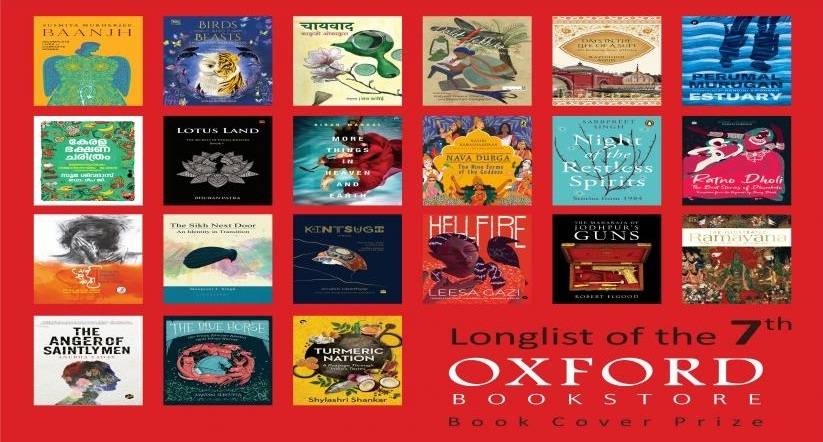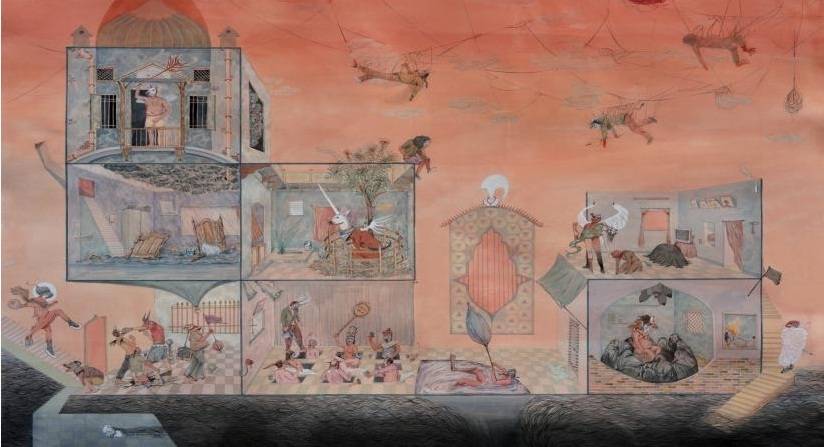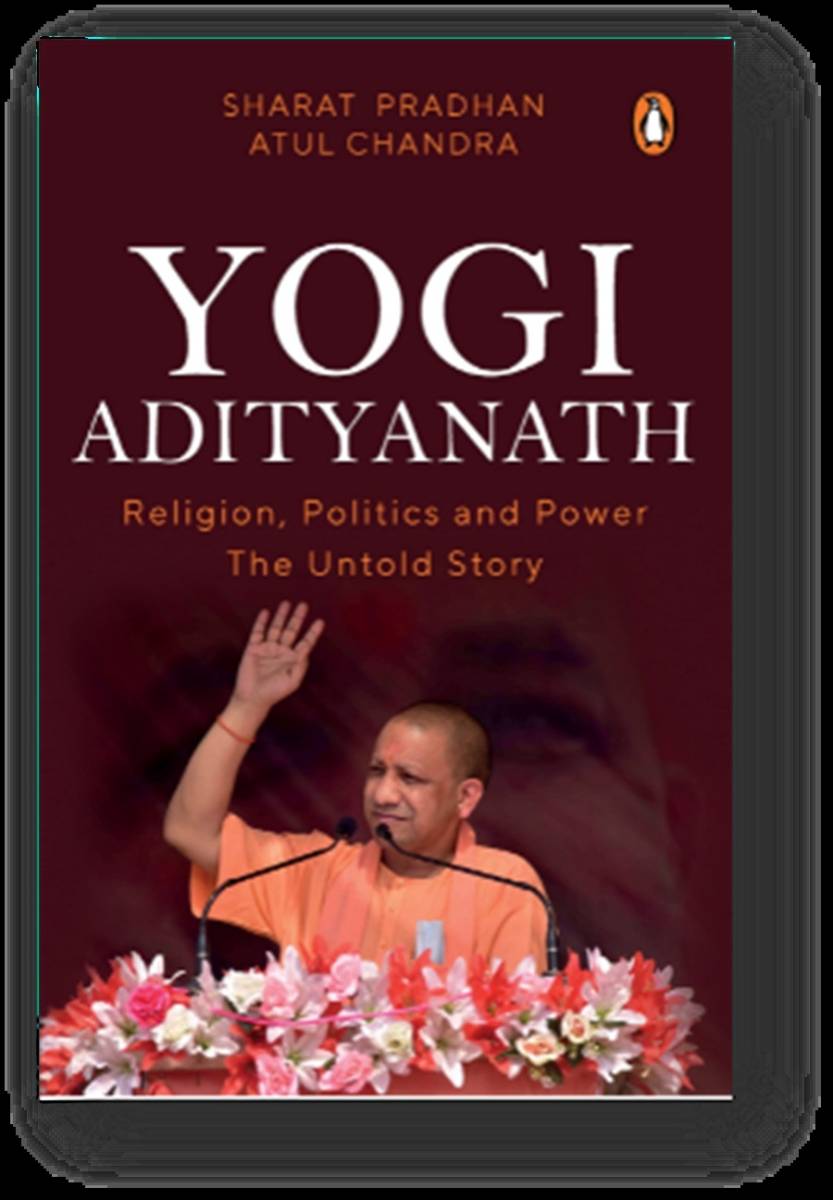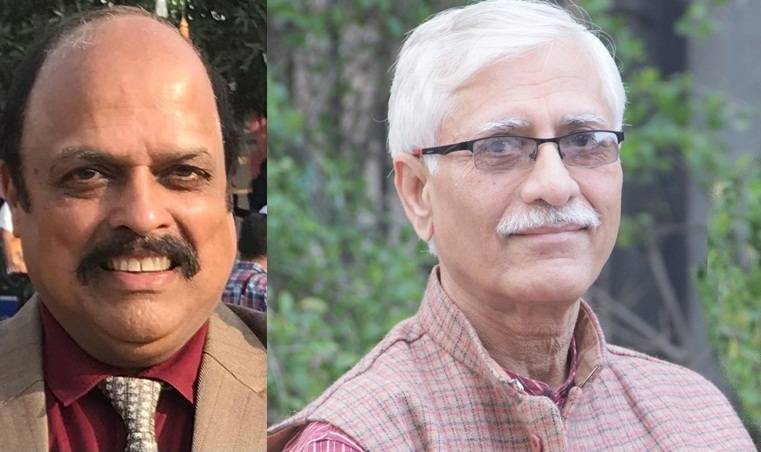It should complement Pepsico’s ex-chief Indra Nooyi’s “My Life in Full: Work, Family, and Our Future”, one of the top reads of 2021.
Covid seems set to cast its ominous shadow over us for the third year running, upending patterns and practices of normal life. But the realm of books, which continued to hold its ground and serve ardent readers both as a source of solace and a repository of insight even amid 2021’s darkest days, promises to sustain us in 2022 too.
Be it fiction or non-fiction, and their staggering array of genres, there seems enough to satisfy even the most demanding aficionado, going by release dates. While it may not be possible to list all the fare set to land on bookshelves in 2022, an assorted representative display can be attempted.
Indian history, particularly the freedom struggle, is the focus of new renderings and re-interpretations. While caveat emptor may apply to quite a few of these efforts, with regards to the yardsticks of academic rigour and purpose, one that seems a must-read is Chandrachur Ghose’s “Bose: The Untold Story of an Inconvenient Nationalist” (February).
A member of “Mission Netaji”, which fought for declassification of a huge haul of classified files on Netaji, Ghose seeks to uncover Subhas Chandra Bose’s links to contemporary revolutionary groups across British India, “his efforts to bridge the increasing communal divide”, to “engineer a rebellion among the Indian armed forces”, and above all, the vexed question of where his sympathies actually lay, given his dealings with the Axis powers as World War II raged.
Then, there is “Rebels Against the Raj: Western Fighters for India’s Freedom” (January), where Ramachandra Guha tells of seven people – four Britons, two Americans, and one Irish, and three of them women – who came to join the Indian freedom movement, and also left their mark in journalism, social reform, women’s emancipation, education, and environmental activism.
While her successor Rajnish Kumar’s “The Custodian of Trust: A Banker’s Memoir” has already come out this year, it will be equally interesting to read “Indomitable: A Working Woman’s Notes on Work, Life and Leadership” (January), by Arundhati Bhattacharya, the first woman chief of India’s biggest bank, the SBI.
It should complement Pepsico’s ex-chief Indra Nooyi’s “My Life in Full: Work, Family, and Our Future”, one of the top reads of 2021.
Other non-fiction books to look out in 2002 can include “How the World Really Works: A Scientist’s Guide to Our Past, Present and Future”, where Vaclav Smil seeks to make us understand seven most fundamental realities governing our survival and prosperity; Tim Harper’s “Underground Asia: Global Revolutionaries and the Assault on Empire” (paperback) on how the Asian revolutionaries continued the struggle against colonial masters in Europe; and Barbara F. Walter’s self-explanatory “How Civil Wars Start: And How to Stop Them”.
Then there is a northeasternward look by Sudeep Chakravarti, the author of “Red Sun: Travels In Naxalite Country”, in “The Eastern Gate: War and Peace in Nagaland, Manipur and India’s Far East” and for cricket fans, especially of the IPL, Dan Christian’s “The All-Rounder: The Inside Story of Big Time Cricket” should come by spring 2022.
For fiction fans, hopefully, there should also be the sixth and fourth installments, respectively, of the Raj-era crime thrillers of Abir Mukherjee’s Wyndham and Banerjee. and Sujata Massey’s Perveen Mistry series, after 2021’s “The Shadows of Men” and “The Bombay Prince”; the third volume of Vaseem Khan’s post-Independence Malabar House series, starring Inspector Persis Wadia, after “The Dying Day”; and the second of Manreet Sodhi Someshwar’s Partition Trilogy after “Lahore”.
We can also look for the latest outing by Anuja Chandramouli, a skilled exponent of a contemporary rendition of Indian mythology and history.
Then the fifth and final volume of Roshani Chokshi’s Pandava-theme urban fantasy, “Aru Shah and the Nectar of Immortality” (April), will be eagerly sought after the penultimate installment’s cliffhanger ending.
2021 saw Africa take top literary honours with the Nobel Prize for Literature going to Zanzibar-born, UK-based academic-cum-writer Abdulrazak Gurnah, the first since Sir V.S. Naipaul (2001) to deal with the vexed impact of colonialism and the dilemmas of travellers – forced or voluntary – among differing cultural millieus, and the Booker to South African novelist Damon Galgut for “The Promise”, which, in the fate of a white Afrikaner family’s commitment to give their ancestral farm to their Black domestic help, mirrors the history of the country itself.
The pandemic did not spare literateurs, with Indian novelist Ved Mehta, 86, American author Norton “The Phantom Tollbooth” Juster, 91, spy novelist Jason Matthews, British writer John Pearson, 91, known for his “biographies” of James Bond and ace pilot Biggles, best-selling novelist Wilbur Smith, and vampire novelist Anne Rice, 80, among the prominent losses.
And while, any select list of 2021’s top reads can hardly be complete – or very objective, consider the following.
To understand why Covid caught the world, including the biggest superpower, “unawares”, you can pick up Michael Lewis’ “The Premonition: A Pandemic Story” to know of the “mavericks” who attempted to devise preparations for any such pandemic, but were stymied by institutional and political inertia and risk-aversion.
Looking for how to try to negotiate the uncertain times, try psychologist and author Frank Tallis’ “The Act of Living: What the Great Psychologists Can Teach Us About Surviving Discontent in an Age of Anxiety”.
An insightful look into the complex machinations behind the screaming headlines and rancour that permeate India-Pakistan relations can be found in Cathy Scott-Clark and Adrian Levy’s “Spy Stories: Inside the Secret World of the R.A.W. and the I.S.I.”.
Then, new in paperback, is Richard J. Evans’ “The Hitler Conspiracies: The Third Reich and the Paranoid Imagination” is a skillful dissection of received knowledge in the social media-driven “post-truth” age, and Anne Appelbaum’s “Twilight of Democracy: The Failure of Politics and the Parting of Friends” lives up to its sobering title.
Amartya Sen’s “Home in the World: A Memoir” is a delightful read, and for an overdue look at reel-life people we love to hate, Balaji Vittal’s “Pure Evil: The Bad Men of Bollywood” has just come out.
In fiction, Kazuo Ishiguro’s “Klara and the Sun” is a rather bleak look at mortality, science and the environment in coming times, and equally dark and unsettling, more so for being set in sunny Goa, is “More Things in Heaven and Earth” by the dextrous Kiran Manral, who, in her two of her three previous works, has shown the horror that the human psyche can conjure up, and the fragile boundaries of sanity.
“Murder at the Mushaira” has Raza Mir expanding the whodunit’s boundaries to Bahadur Shah Zafar’s Delhi as storm clouds loom, Madhulika Liddle, known for her 17th-century Muzaffar Jung series, travels backwards to the largely-neglected territory of the Delhi Sultanate in “The Garden of Heaven”, Owen Matthews serves a pulsating nautical thriller set against the backdrop of the Cuban Missile Crisis in “Red Traitor” and Karachi police officer Omar Shahid Hamid uses contemporary India-Pakistan developments to great effect in the engrossing “Betrayal”.
Then, Andrea Camilleri’s irascible Inspector Salvo Montalbano finally makes his farewell in “Riccardino”.
How many of these figured in your reading list?
ALSO READ-SPECIAL 2022: Apeejay Kolkata Literary Festival 2022



